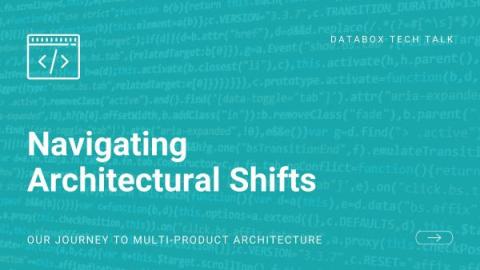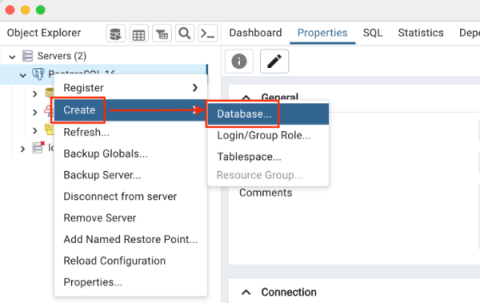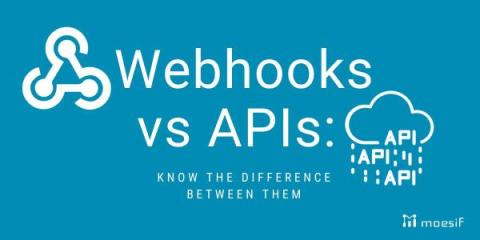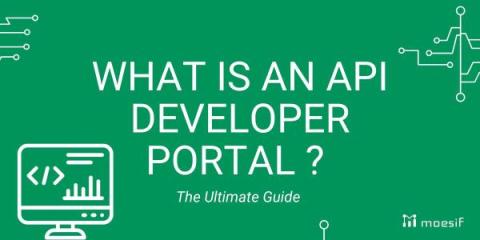Systems | Development | Analytics | API | Testing
Latest Blogs
Our architectural approach to support multi-product strategy
Announcing Cloudera's Enterprise Artificial Intelligence Partnership Ecosystem
Cloudera is launching and expanding partnerships to create a new enterprise artificial intelligence “AI” ecosystem. Businesses increasingly recognize AI solutions as critical differentiators in competitive markets and are ready to invest heavily to streamline their operations, improve customer experiences, and boost top-line growth.
How To Capture Data using Yellowfin Data Transformation Flow
How to Set Up Amazon Aurora PostgreSQL
How to Use AI for Customer Service
Customer service is an art—and a science. It isn’t just a transactional function. It's also a relationship building activity that’s deeply tied to physiological responses in our brains. And the stakes are high: these interactions shape the neural architecture of customer loyalty. So can you use AI for customer service? Let’s explore that question.
Webhooks vs APIs : The Differences Between Them
As the connecting blocks of modern data communication, webhooks and APIs play pivotal roles, yet their distinctions are often blurred. Delving into their underlying mechanisms, functionalities, and use cases, after this blog post you will fully master the difference between webhooks and APIs. By unraveling the intricacies of these technologies, this explorative post serves as a resource for anyone looking to navigate their landscape of data integration and communication protocols.
What is an API Developer Portal? The Ultimate Guide
The heart of SaaS innovation in the modern era is API technology, connecting one digital tool to another seamlessly. As APIs have taken center stage, the term “API Developer Portal” has become more than just a buzzword—it’s a crucial element in the realm of software development and the easiest way to ensure seamless connectivity.
Unlock the New Wave of Gen AI With Snowpark Container Services GPU-Powered Compute
The rise of generative AI (gen AI) is inspiring organizations to envision a future in which AI is integrated into all aspects of their operations for a more human, personalized and efficient customer experience. However, getting the required compute infrastructure into place, particularly GPUs for large language models (LLMs), is a real challenge. Accessing the necessary resources from cloud providers demands careful planning and up to month-long wait times due to the high demand for GPUs.
Establishing A Framework For Effective Adoption and Deployment of Generative AI Within Your Organization
Adopting and deploying Generative AI within your organization is pivotal to driving innovation and outsmarting the competition while at the same time, creating efficiency, productivity, and sustainable growth. Acknowledging that AI adoption is not a one-size-fits-all process, each organization will have its unique set of use cases, challenges, objectives, and resources.











